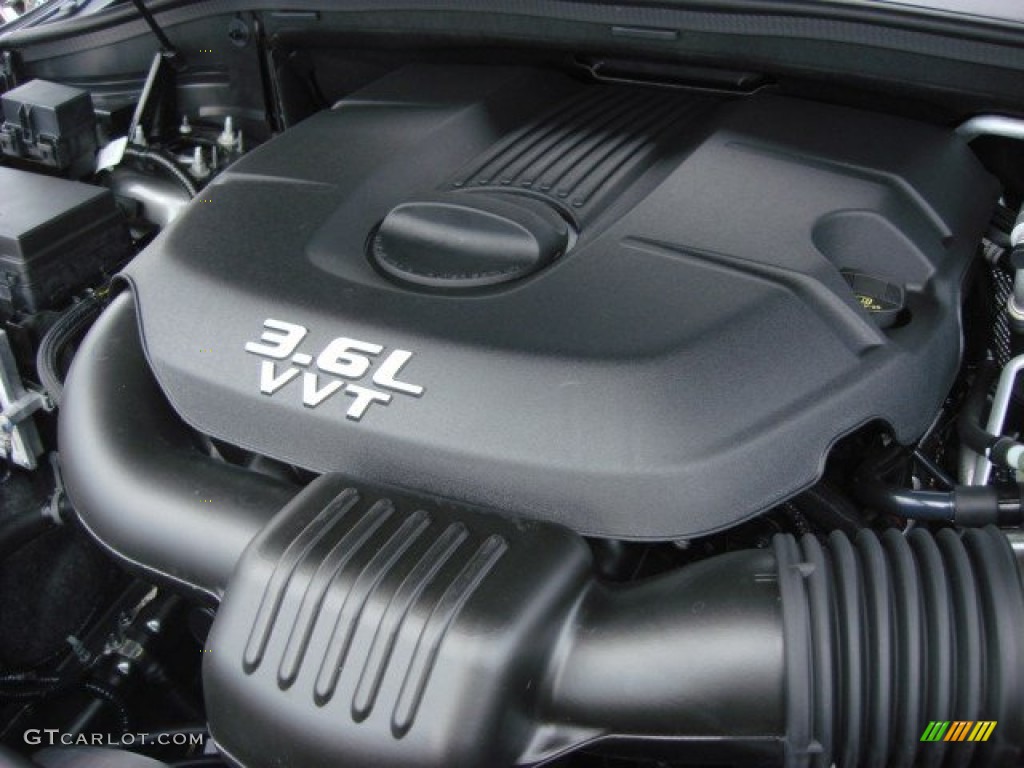

This is more reason you should pay attention to an engine getting overheated.Īpart from a bad battery, one of the many reasons your car’s engine won’t start is that the car’s engine is overheated, accompanied by a significant loss of coolant. If the temperature goes beyond 245 0F, serious havoc might happen to your engine. Engine getting OverheatedĮxperts have confirmed that when your engine’s temperature goes higher than 230 0F, your engine is said to be overheated. If the thermostat is functioning well, then the gauge may simply be broken. You are therefore advised to change the inexpensive thermostat than spend many bucks on your fuel purchase. Though a partially stuck thermostat may not necessarily hurt your car, it can surely lead to increased fuel consumption. When a thermostat is functioning correctly, it only allows either warm or cool coolant to enter the engine, thus regulating the overall temperature of the car engine. This is simply because the coolant is constantly being released into the engine, which causes the temperature to drop rather than climb up. If your thermostat is partially stuck, then you are surely going to see your car temperature go down while driving. If you notice a minute leak, you should rectify the leakage without delay because a low coolant level can cause your car temperature to fluctuate. It is, therefore, essential to regularly check this level to guard against coolant leakage.

When the engine begins overheating, the car temperature gauge can go hot and then return to normal.Īfter the 1980s, most cars that were manufactured had a closed-circuit type of cooling system with a reservoir tank that features a visible marking to determine the coolant level.

This causes the engine to start overheating. If it gets stuck and refuses to open, the coolant cannot flow to the engine to cool off the engine. Though the thermostat is relatively cheap and replaceable, it can cause trouble for your car once it gets bad. The thermostat regulates the coolant’s temperature before it returns to cool the engine. For instance, if you notice the temperature gauge fluctuates from normal to hot, you should suspect a fault-sensitive and inexpensive thermostat. In most cases, some functioning parts of the cooling component might have gone wrong. So, you ask, “What causes my car’s temperature gauge to fluctuate?” A plethora of factors are responsible for this anomaly. What causes Car Temperature Gauge to go up and down? Stay tuned as we elaborate on these factors below. Well, several things can cause this needle of your car temperature gauge to move up and down erratically. Under normal circumstances, your car’s temperature gauge should slowly rise after you start off the car’s engine and have traveled a distance.

That’s why we are here to help you troubleshoot this problem and find a diagnostic solution.įirst thing first, your car temperature gauge is a dial that measures how hot or cold your engine’s coolant is. And you are there wondering, “How am I going to fix this mechanical error?” Don’t be perplexed. One beautiful morning, you were driving to work and found out your car temperature gauge goes up and down.


 0 kommentar(er)
0 kommentar(er)
